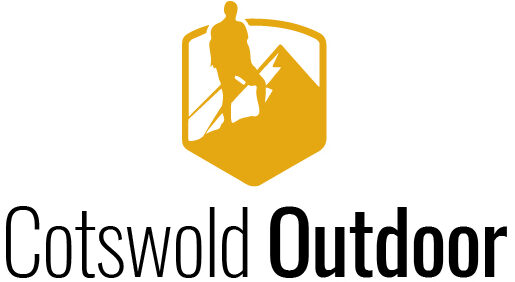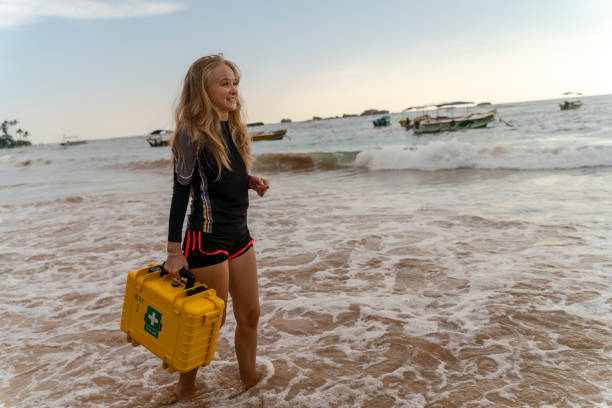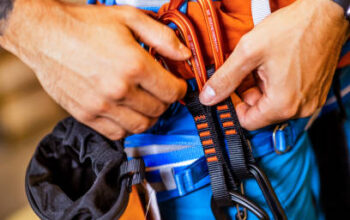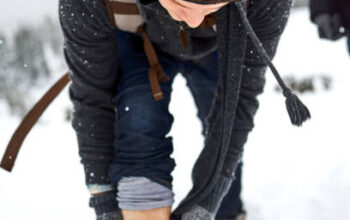Hiking first aid kit
You should make sure you have a first-aid kit for hiking if you go into the wilderness. This is one of the 10 Essentials. You wouldn’t go outdoors without your 10 essentials, right? There are a few options when it comes to a backpacking emergency kit. You can purchase a pre-packaged personal first-aid kit at your local outdoor goods shop if you prefer the simpler route. Adventure Medical Kits is a popular brand for basic first aid kits. These kits come pre-packed and are a great way to get started if you don’t have the time or desire to assemble your own. You will need to add items to your pre-packaged kits that are important to you. You might have allergies and need an Epi-pen. This item should be part of your medical kit. However, a standard first-aid kit wouldn’t include it. You may decide to make your own medical kit. Many outdoorists find this a great option as they can choose and add the items they need. You are also familiar with every item because you have put so much effort into making the kit. You will be able to identify each item in your personal care kit should the need arise. How do you choose what items should be in your wilderness first-aid kit? Let’s begin with the basics. This structure is a good starting point if you’re looking for a basic, stripped-down first aid kit.
FIRST AID BASE CARE
ESSENTIAL ITEMS
- Antiseptic wipes
- Antibacterial ointment
- Diverse bandages
- Gauze pads available in different sizes
- Tape for medical purposes
- Moleskin, or another type blister treatment
- Ibuprofen (or other preferred pain-relief medication).
- Treatment for insect stings
- Allergy-related reactions can be treated with antihistamines
- Nonstick pads
- Butterfly bandages
- Tweezers
- Safety pins
- Multitool
- If you don’t know how to use them, first-aid cards include instructions.
As you get more experience with outdoor pursuits, you will want to expand your kit. If you’re packing the first aid kit for a group on a multi-night camping trip, you will want to have a complete kit that can cover all the necessary items. Consider adding the following items to your list.
COMPREHENSIVE FIRST-AID KIT
WOUND COVERINGS, SPLINTS, AND WRAPS
- Finger splint
- SAM splint
- Rolled gauze
- Elastic wrap
- Cleansing pads
- Blood-stopping gauze
- Liquid bandage
- Triangular bandage
MEDICATIONS/TREATMENTS
- Hand sanitizer
- Aspirin and Ibuprofen
- Eye drops
- Anti-diarrheal pills
- Poison ivy / poison oak treatment
- Treatment for insect stings
- Rehydration salts
- Prescription medication (e.g. antibiotics)
TOOLS/SUPPLIES
- Multi-tool (or a pocketknife)
- Cottons swabs
- Thermometer
- Syringe for irrigation
- Blunt-tipped scissors
- Small mirror
- Surgical gloves
- Pliers (may be part of multitool)
- Sewing needle
- CPR mask
- Duct tape
- Small notebook with pen for recording vitals, etc.
- Waterproof packaging for your kit
- Headlamp (or flashlight).
- Whistle
- The emergency blanket that heats reflective
- Personal locator beacon (optional)
PERSONAL ITEMS
- Sunscreen
- Lip balm
- Bug spray
- Products for feminine hygiene
This is a long list, and it seems like there are a lot of things to bring. Consider the possibilities of what could occur on a multi-night trip for four. The extra weight of the pack isn’t too bad if you share the items above among the four of you. You can always evaluate each item and decide if it is not necessary for your trip. You can forget about pain relief if you are backpacking in the Rockies’ high alpine.




